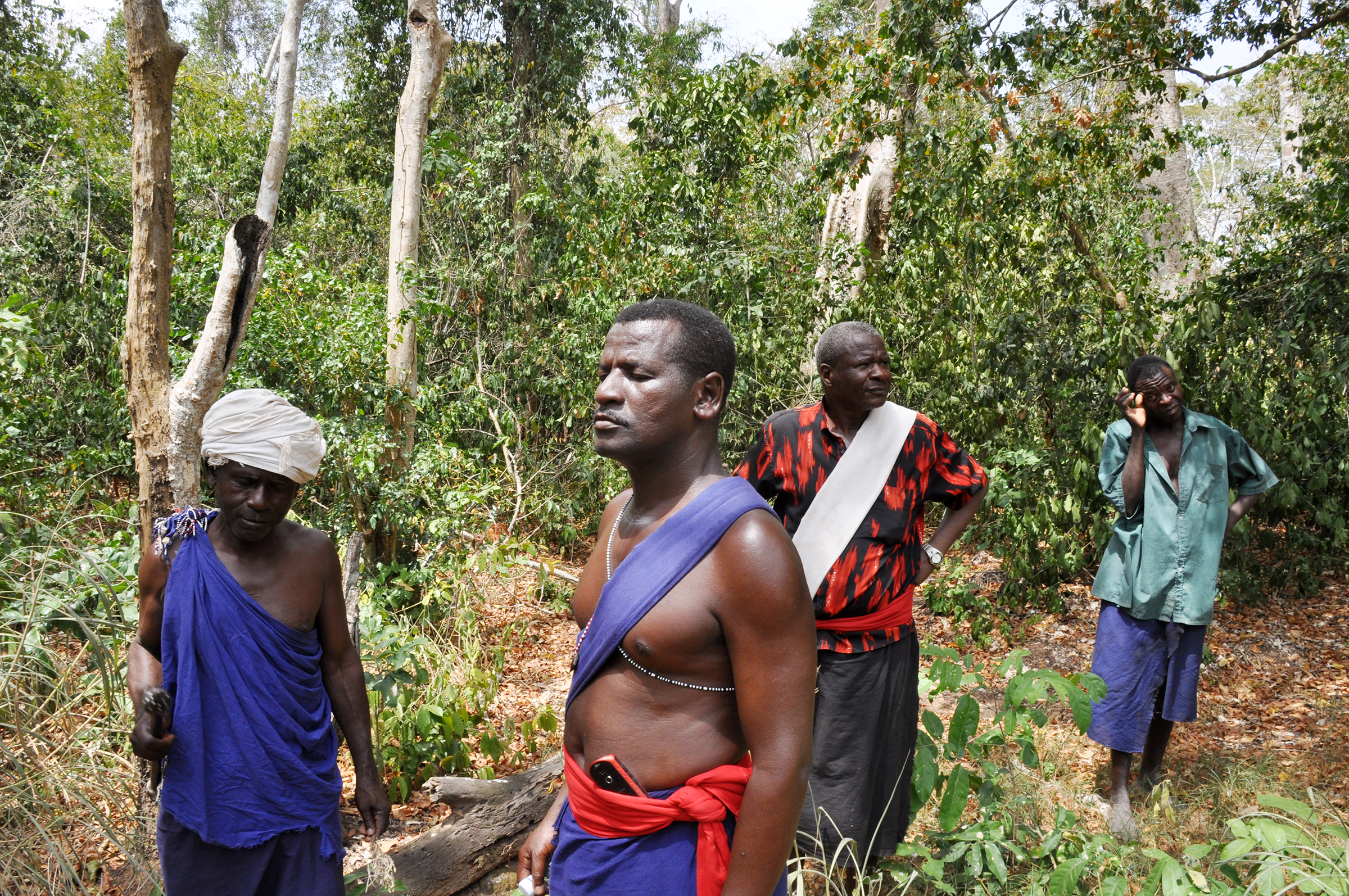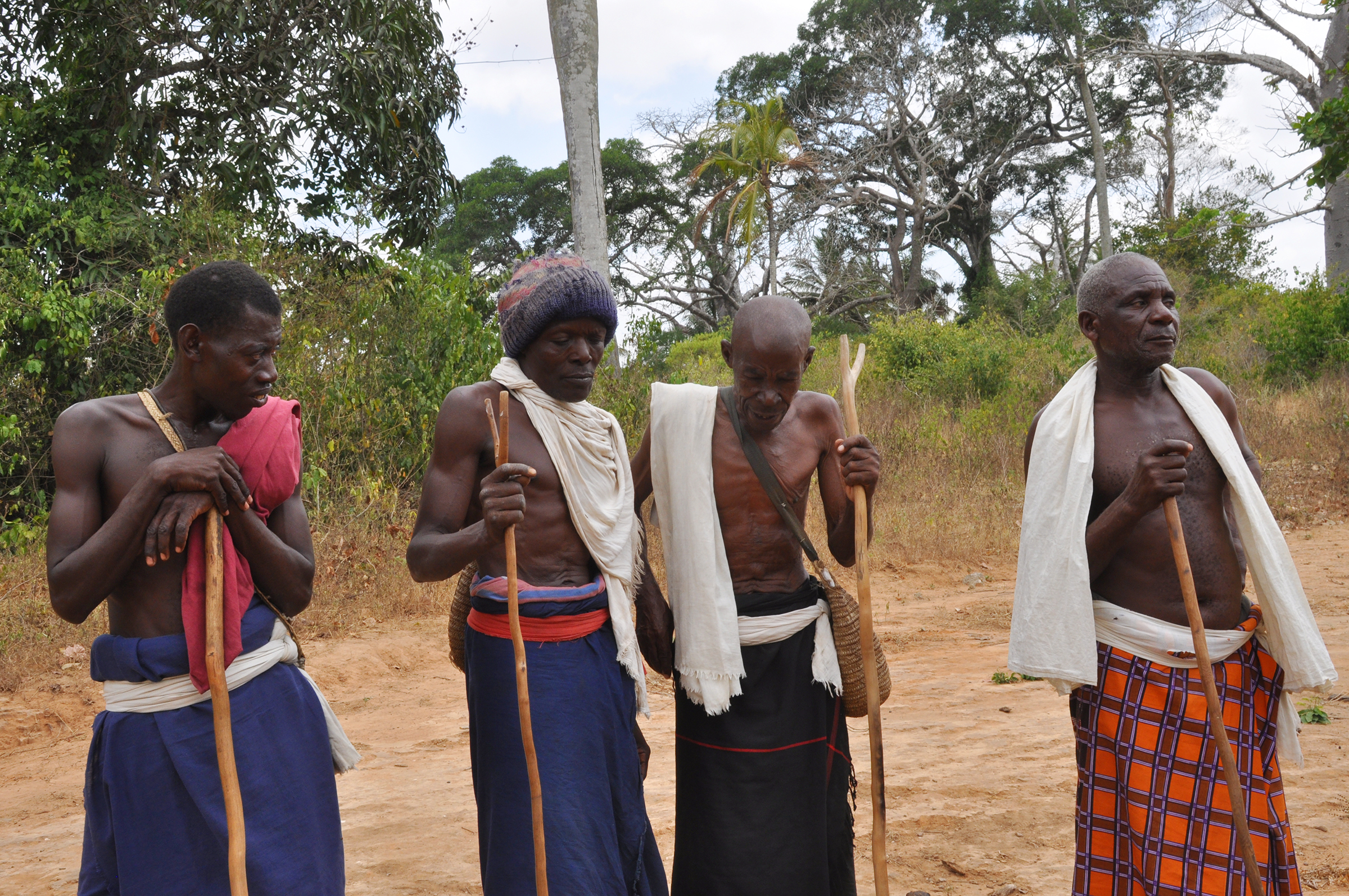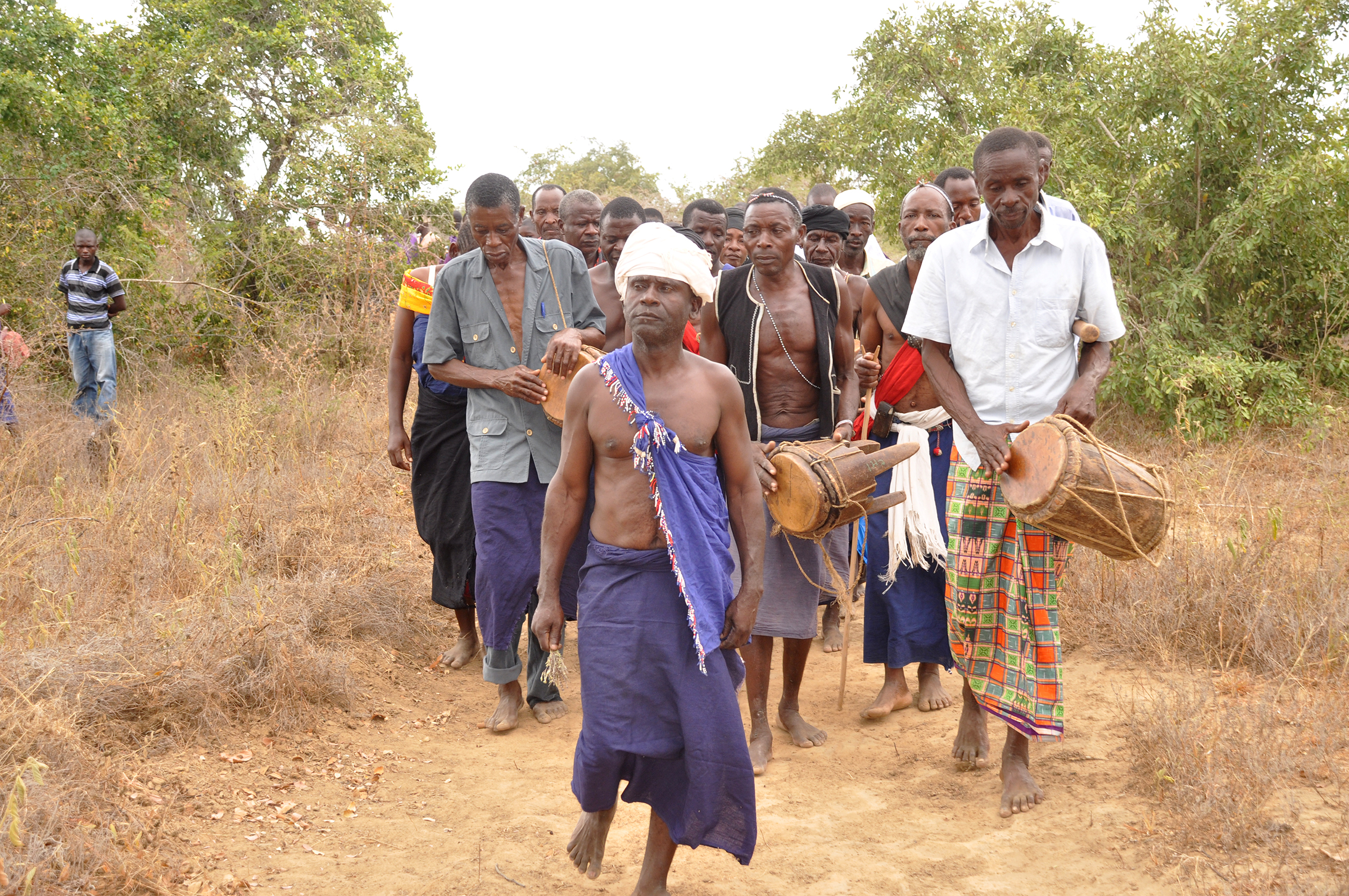



La protection des forêts de Kaya de la côte du Kenya est une question primordiale pour les Mijikenda, neuf groupes ethniques de langue bantoue (Chonyi, Duruma, Digo, Giriama, Jibana, Kambe, Kauma, Rabai et Ribe). Les peuples Mijikenda reconnaissent leurs origines dans les forêts de Kaya et ont établi des systèmes de régulation traditionnels et des codes d'éthique basés sur le caractère sacré des forêts de Kaya et la pratique de performances traditionnelles spirituelles et sacrées telles que les prières, les serments, les enterrements, les charmes, les noms des nouveaux nés, les initiations, les réconciliations, les couronnements et autres. L'utilisation des ressources naturelles dans les forêts de Kaya est réglementée par les connaissances et les pratiques traditionnelles des Mijikeda. Ces pratiques interdisent toute exploitation active et commerciale des ressources naturelles et n'autorisent que la collecte de troncs morts et de plantes utilisées à des fins spirituelles et médicinales. Ces pratiques traditionnelles contribuent à la conservation de la biodiversité de ces forêts.
L'observation de ces codes d'éthique est supervisée par le Conseil des Anciens (Kambi) et les chefs spirituels du peuple Mijikenda, qui sont chargés de veiller à ce que les systèmes réglementaires traditionnels ne soient pas enfreints et que la forêt soit respectée.
La survie des forêts de Kaya dépend fortement des moyens de subsistance des Mijikenda et de leur système traditionnel. Alors que les membres de la communauté se déplacent vers les zones urbaines, la survie de ces pratiques et traditions est entre les mains des anciens du peuple Mijikenda. Le projet et les programmes ont été mis en place pour favoriser les échanges intergénérationnels en vue de la sauvegarde à long terme de ces pratiques spirituelles et traditionnelles, qui sont bénéfiques pour la diversité bioculturelle du lieu et la durabilité des propriétaires traditionnels.
La garde exercée par le peuple Mijikenda est d'une grande importance pour la survie des valeurs naturelles et culturelles/spirituelles des forêts sacrées de Kaya. Cependant, les communautés des Mijikenda se dégradent lentement : avec l'augmentation de la population de la région et la nécessité d'une durabilité locale, les membres des Mijikenda ont abandonné les lieux pour vivre dans les zones urbaines. Ces problèmes ont été résolus par deux moyens essentiels : le renforcement du cadre institutionnel et de protection au niveau national (désignation comme monument national et création de l'unité de conservation de la forêt côtière au sein des musées nationaux du Kenya) et l'inscription des traditions et des pratiques des Mijikenda sur la liste du patrimoine culturel immatériel nécessitant une sauvegarde urgente.